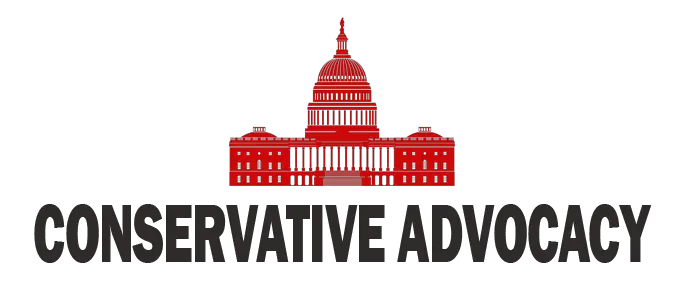Russia is once again making headlines for launching a massive attack on Ukraine, employing close to 5,000 drones and a flurry of missiles. This onslaught targets civilians in Kyiv, the capital of Ukraine, sending shockwaves through the international community. As the world grapples with this troubling news, it follows quickly after a significant meeting between President Trump and Ukrainian President Zelenskyy during the United Nations General Assembly in New York last week. During this meeting, Trump hinted at a potential shift in U.S. support, indicating he may be ready to provide Ukraine with new missiles after a prior period of restriction.
The chat surrounding Trump’s position is quite evocative. He has consistently shown a commitment to ending the conflict that has taken a staggering toll on the lives of young people. The reports suggest that he is getting frustrated with Vladimir Putin’s failure to come to the negotiating table. Trump has been known for his desire to put an end to the conflict, and this sudden shift to aid Ukraine could be interpreted as a pivot back to a more assertive stance after a series of challenges with Russia.
Experts are pondering the implications of Trump’s newfound approach to Ukraine. Some suggest that his offer to provide military support, including missiles, is not a blanket endorsement of Ukraine’s fight to reclaim territory. Rather, it might be a strategic move to increase pressure on Russia and steer Putin towards negotiations. The hope is that this show of strength could nudge Russia back to the bargaining table, ultimately aiming to bring peace to a war that many feel has dragged on for far too long.
Trump’s blunt commentary on the situation illustrates a mix of sarcasm and seriousness. He has openly criticized the protracted nature of Russia’s war, likening it to a failed military operation. He has also pointed the finger at countries like China and India for purchasing energy from Russia, which indirectly supports the war. By applying pressure on these nations to rethink their financial ties to Russia, along with aiding Ukraine, the former U.S. President is strategically expanding the battlefield beyond just the physical confrontation.
Amid all this discussion about international affairs, there’s also chatter about domestic military preparedness. The Secretary of War, Pete Hegseth, is reportedly organizing a meeting centered around “warrior ethos” within the military ranks, emphasizing a need for a more robust, disciplined fighting force. Hegseth’s vision contrasts starkly with a previous military culture that had strayed from traditional standards. This push for renewed rigor is essential for maintaining the integrity and readiness of the armed forces while ensuring they can effectively deter adversaries like Russia.
With the specter of war looming larger than ever, the mixture of international maneuvers and efforts for military discipline at home brings a glimmer of hope. Let’s see if these strategies can pave the way for peace and a more formidable defense against threats in the future. The world watches closely, waiting to see how these developments play out and whether they will lead to a resolution of a conflict that has already seen far too much loss.




